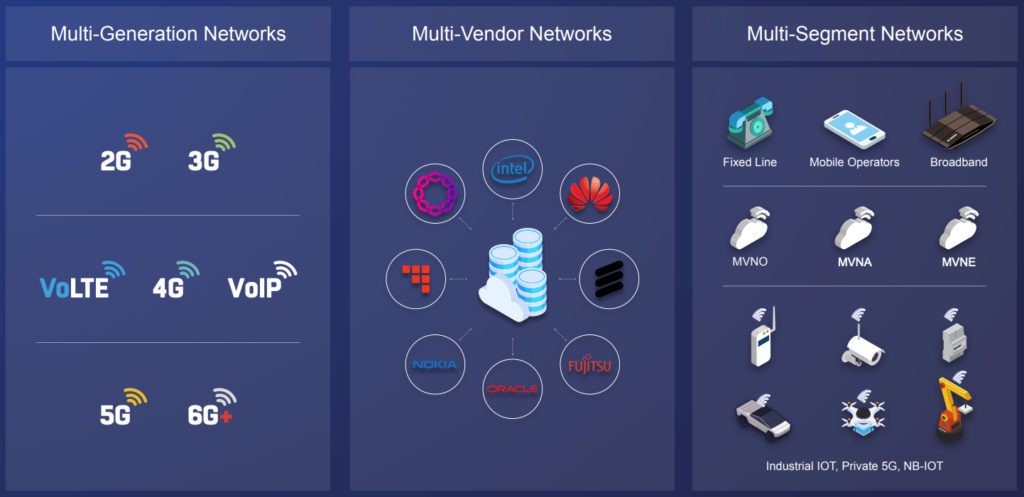Mobile customer experience comes down to two driving factors: Faster speeds and better coverage. Both national and rural operators face similar customer expectations, but the challenge of meeting them, and doing so profitably, is a far different calculation for the smaller operators. As rural and regional mobile providers consider how to best meet those two crucial customer needs, they run up against the reality that while new 5G technology can provide better speeds, LTE is optimal for wide-area coverage.
“Operators need to have multiple technologies available to cover both the key performance indicators,” said Sanjeev Verma, CEO of U.K. based signaling specialist Squire Technologies. “They will have hybrid, multi-generational networks for the foreseeable future, especially for the vast and varied geography of the U.S., and they must provide a seamless user experience to their consumers, to switch back and forth between them.”
Squire Technologies is very familiar with the challenges facing rural network operators – both from working with 400 telecom operators across nearly 150 countries over the past two decades, and from the company’s own day-to-day experience as it operates out of rural Dorset, England. Margins for small operators are razor-thin, and the main beneficiary of building faster, better networks are OTT content providers who don’t share in the cost or the painstaking effort of deployment, Sanjeev says. Federal subsidies such as rip-and-replace reimbursement or broadband expansion funding can help offset the financial outlay, he continues, but not the pain of deployment.
Operators Challenges

“The need of the hour is to have lighter networks to reduce this pain,” Sanjeev explained. “Rural networks do not need overbearing, does-everything-under-the-sun, bulky core networks. They need agile networks that focus on their specific service offerings, that focus on forward and backward compatibility to improve the margins to maximize their investment – and this is where we can help.”
Squire Technologies’ cloud-native Sigla platform leverages the company’s extensive expertise in signaling and is designed to support all network generations and segments while unifying signaling, routing, interworking, monitoring and security and providing a single solution for managing multiple core networks. Sanjeev says that security is paramount, particularly as mobile network operators seek to serve use cases such as smart factories where malicious state and non-state actors might want to access internal company data and should be prevented.
“For years, Squire Technologies has been providing core network solutions, including lawful interception, that are fully compliant with the U.S. and European security regulations,” Sanjeev said. “With the current emphasis on replacing network infrastructure that may have security concerns, Squire Technologies provides a proven alternative for this replacement that the U.S. operators can implement, knowing that it would tick all the boxes for national security approvals as well as federal grants.”
To learn more about Squire Technologies’ Sigla platform and its solutions for rural operators, go to: Squire-Technologies.com
Read more:
OXIO Deploys Squire Technologies Sigla Platform
Australia’s Over the Wire Partners With Squire Technologies on Major Connectivity Upgrade
The post 4G, 5G or both? The future of rural networks is multi-generational appeared first on RCR Wireless News.
